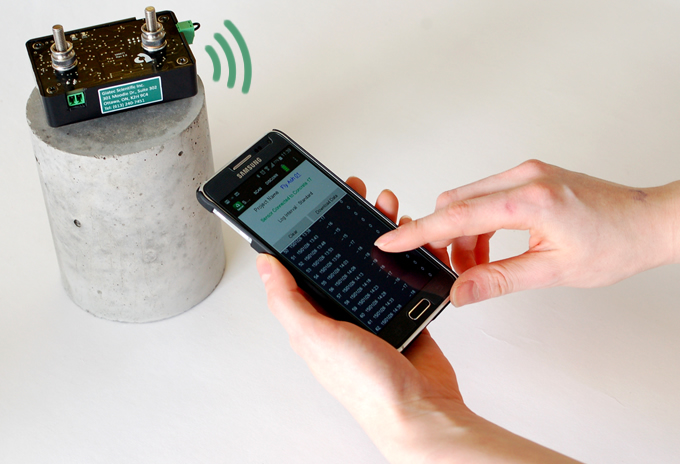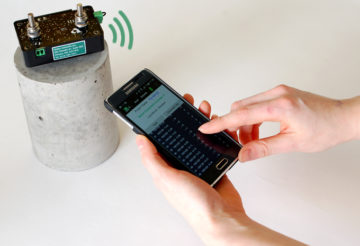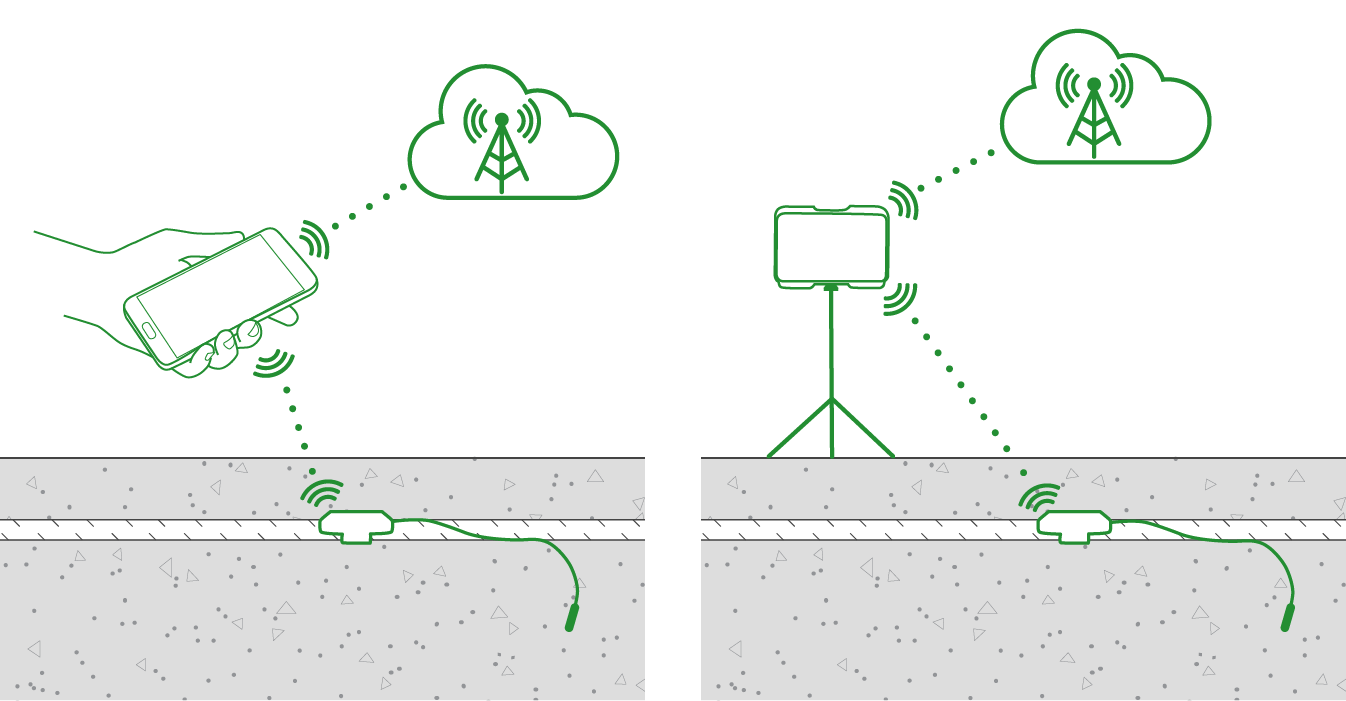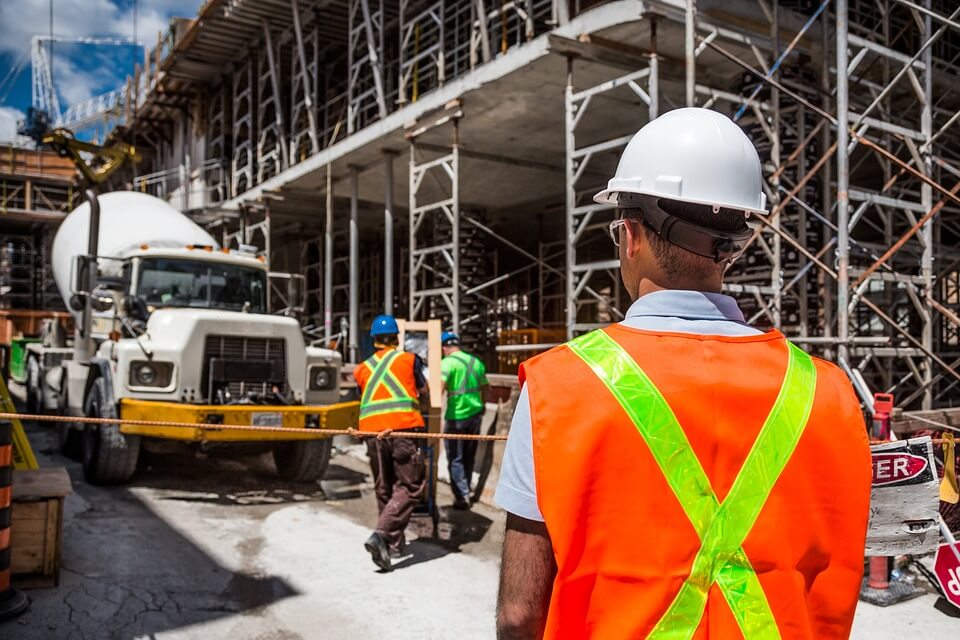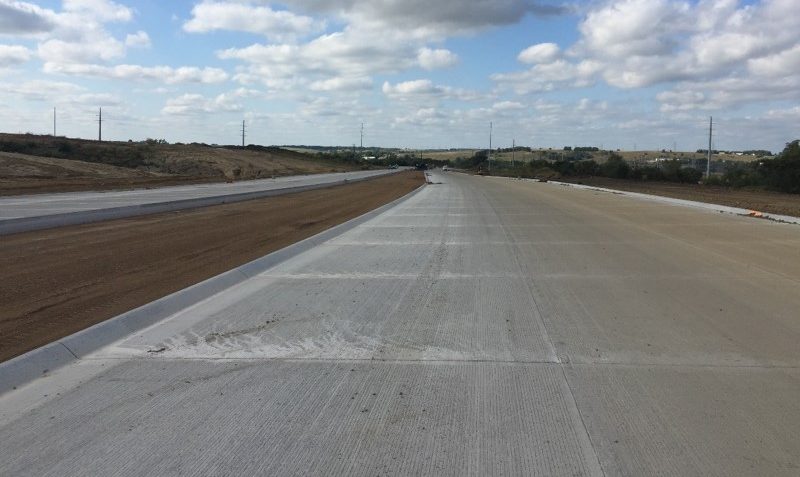Giatec would like to congratulate Karthik Obla, Rongjin Hong, and Stuart Sherman of the National Ready Mixed Concrete Association and Dale P. Bentz and Scott Z. Jones, members of the National Institute of Standards and Technology for receiving ASTM International’s Advances in Civil Engineering Materials’ Outstanding Article Award for their paper “Relating the Electrical Resistance of Fresh Concrete to Mixture Proportions”!
Explore 12 Futuristic Technology Trends Solving Concrete's Biggest Challenges.
Abstract
Characterization of fresh concrete is critical for assuring the quality of our nation’s constructed infrastructure. While fresh concrete arriving at a job site in a ready-mixed concrete truck is typically characterized by measuring temperature, slump, unit weight, and air content, here the measurement of the electrical resistance of a freshly cast cylinder of concrete is investigated as a means of assessing mixture proportions, specifically cement and water contents. Both cement and water contents influence the measured electrical resistance of a sample of fresh concrete: the cement by producing ions (chiefly K+ , Na+ , and OH- ) that are the main source of electrical conduction; and the water by providing the main conductive pathways through which the current travels. Relating the measured electrical resistance to attributes of the mixture proportions, such as water-cement ratio by mass (w/c), is explored for a set of eleven different concrete mixtures prepared in the laboratory. In these mixtures, w/c, paste content, air content, fly ash content, high range water reducer dosage, and cement alkali content are all varied. Additionally, concrete electrical resistance data is supplemented by measuring the resistivity of its component pore solution obtained from 5 laboratory-prepared cement pastes with the same proportions as their corresponding concrete mixtures. Only measuring the concrete electrical resistance can provide a prediction of the mixture’s paste content or the product w*c; conversely, when pore solution resistivity is also available, w/c and water content of the concrete mixture can be reasonably assessed.
Learn more about electrical resistivity in “Evaluating Concrete Quality with Electrical Resistivity”

